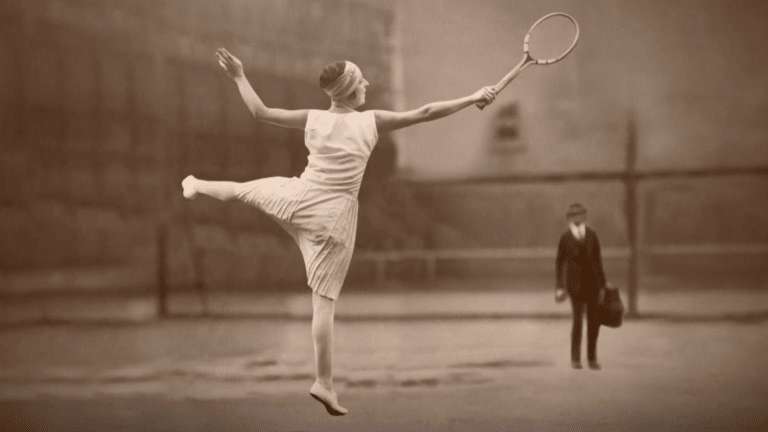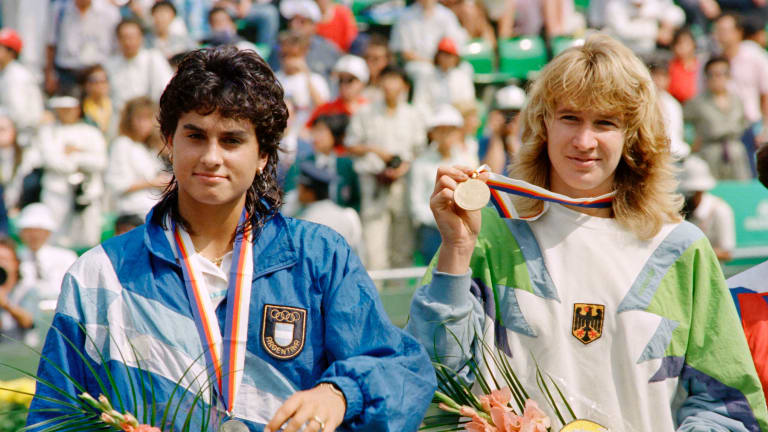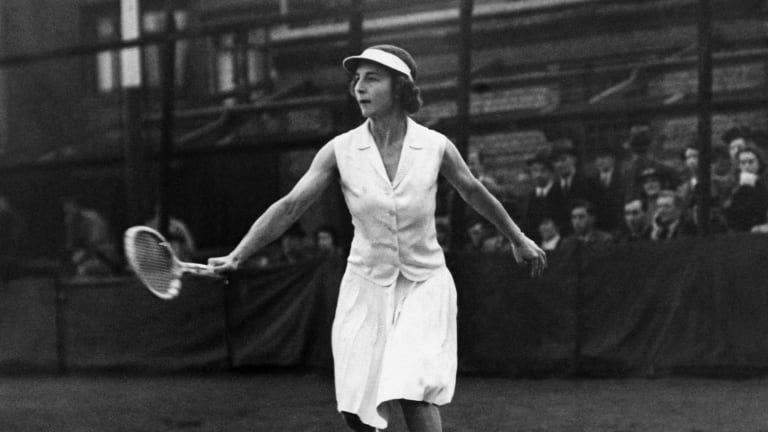Over the past two weeks, the world has seen a Paris that has been transformed for the Olympic Games. Athletes floated down the Seine during the Opening Ceremony, and are swimming in its (mostly) clean waters. Five glowing, multicolored Rings have been affixed to the Eiffel Tower’s 135-year-old iron girders. The brand-new breakdancing competition will be held at the Place de la Concorde; whatever you think of it as an Olympic sport, it does seem like an improvement over the guillotine that the locals erected on the same spot during the French Revolution.
By comparison, tennis players haven’t experienced much novelty in their surroundings at Roland Garros. But that’s only because the fabled facility has already undergone its own multi-million dollar renovation for the Games. It began in 2018, and includes a new center court with a retractable roof.
Which makes me wonder: What would the players who competed in Paris 100 years ago say if they could come back and see it all now?





